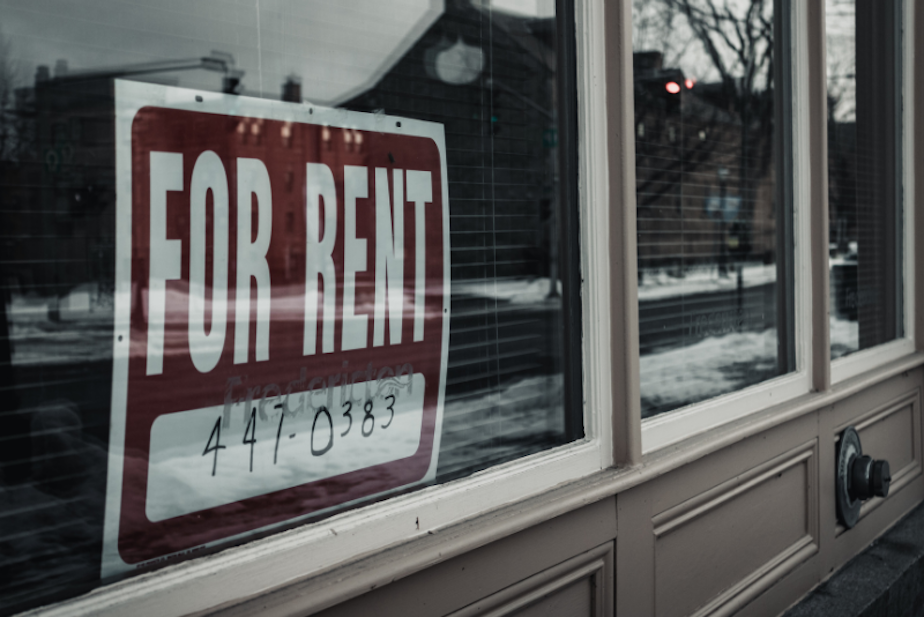What's behind skyrocketing rents in Eastern Washington?

If you're a renter in Seattle, the steady march of rising rents is nothing new. The median rent for a one bedroom apartment here is a little over $1,500, according to data from apartmentlists.com.
But to find the fastest rent increases in Washington, you have to look outside of the major metro areas. Traditionally affordable places across the state are quickly pricing out minimum wage workers and retirees.
Mai Hoang is a reporter with Crosscut. Her recent story looks at how rent hikes are squeezing residents of Walla Walla and Spokane, and what those cities are doing about it.
"Living in Yakima, I have seen housing costs increase both to buy homes as well as rent," Hoang explained. "What surprised me when I actually looked at the data was how severe the increases were, and how severe it was in certain places."
Hoang interviewed two neighbors in Walla Walla, Patricia and Di, who have lived in the area for quite some time. When Patricia moved in back in the early 2000s, she was a technical writer, and only spent about 17% of her income on rental costs — about $425 per month. Now, she's living on a fixed income and spending over half of her paycheck on her rent of $1,045.
The Walla Walla Community Council released a report last year showing that more than half of residents in the area are cost burdened, meaning they pay more than 30% of their income to rent.
But Walla Walla isn't the only community experiencing the crunch.
"The other place I looked at was Spokane," Hoang explained. "It's one of those places where unless you have lived in Spokane and watched it happen, you might not know about this right away."
The beginning of the story actually starts in the late 2000s, amid the housing bubble. Once it burst, there were many communities across the country with vacant homes and big condo buildings, all sitting empty. Because of this, the U.S. saw an exodus of workers from the construction industry. No houses to build meant fewer jobs, which led workers to find employment in other sectors.
Once the economy started to bounce back, the demand for housing went up again. But without enough workers to build those houses, supply couldn't keep up with the demand.
"Once Covid happened, people started working remotely," Hoang said. "And then people were like, 'Okay, this is my chance to move to another community in the state, I can move to somewhere where there's great recreation.'"
People started flocking to smaller communities, but these smaller areas didn't have enough housing for these new residents. It created a sort of supply shock, a sudden burst in demand that these communities weren't prepared for; rent prices started to increase dramatically.
"The main thing that stood out for me was, when you have residents that can't afford to live in a community, the community changes from the diverse community with people across different social economic backgrounds, and different diversity to this playground for the rich," Hoang explained. "Because those are the only people that can afford to live in that community."
Now, Hoang looks to zoning laws to help provide some relief.
"In Walla Walla, five years ago, they passed a new law that modified zoning to allow multifamily housing in historically single family zoning," she explained. "It really surprised me that Walla Walla, at the community level, really embraced this."
At the state level, the Legislature is looking at family zoning laws too.
Hoang says she's watching to see if the state will lean more towards regulation based, or incentive based legislation.
You can listen to the entire conversation in the audio above, and you can check out Mai Hoang's reporting at Crosscut.





